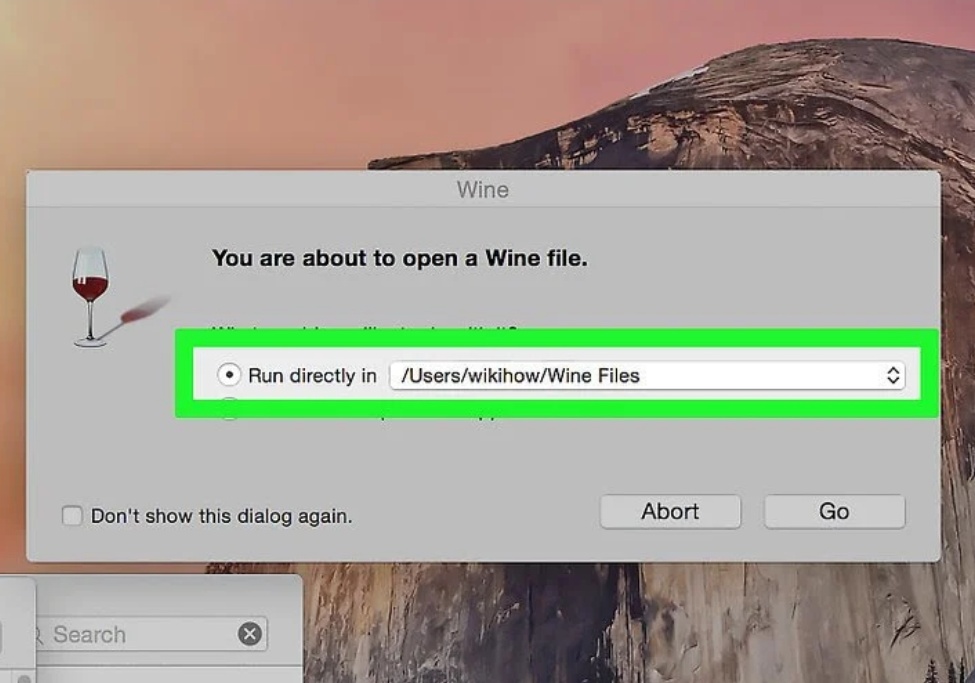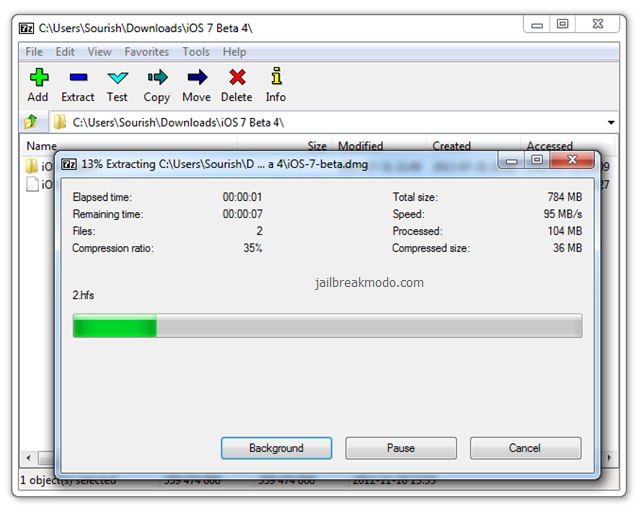
If your EXE file won’t run on WINE, you’ll definitely need to use Boot Camp. WINE is basically an advanced program, but WineBottler is a user-friendly interface to WINE. Malware authors can disguise malicious executable files behind other file extensions.Method 1 : Using WINE to Open EXE Files on Mac STEP In some cases, EXE files can contain malware. To run an EXE file on a Mac OS, users must run the Boot Camp utility or some other virtual machine or emulator that simulates a Windows OS.

Mac executable files have the APP extension. The EXE file extension is common, but it is specific to executable files on Windows. Any executables in the Windows startup file will also run automatically when the system boots up. For example, when a USB device is connected, it automatically runs the USB's firmware. For example, Windows has AutoPlay and AutoRun features that execute files automatically when a certain event happens. In some cases, an EXE file can be triggered passively. filename would execute the file called filename. For example, in Linux or Unix, the user would type a period and forward slash before the file name, so typing.

With Windows, EXE is the file extension for an executable file. They include EXE, BAT, COM, CMD, INF, IPA, OSX, PIF, RUN and WSH. These files are considered to pose a high security risk. Some executable file types can run on any compatible system without requiring the existence of another program.

Executable files commonly have an EXE file extension, but there are hundreds of other executable file formats. An executable file (EXE file) is a computer file that contains an encoded sequence of instructions that the system can execute directly when the user clicks the file icon.


 0 kommentar(er)
0 kommentar(er)
